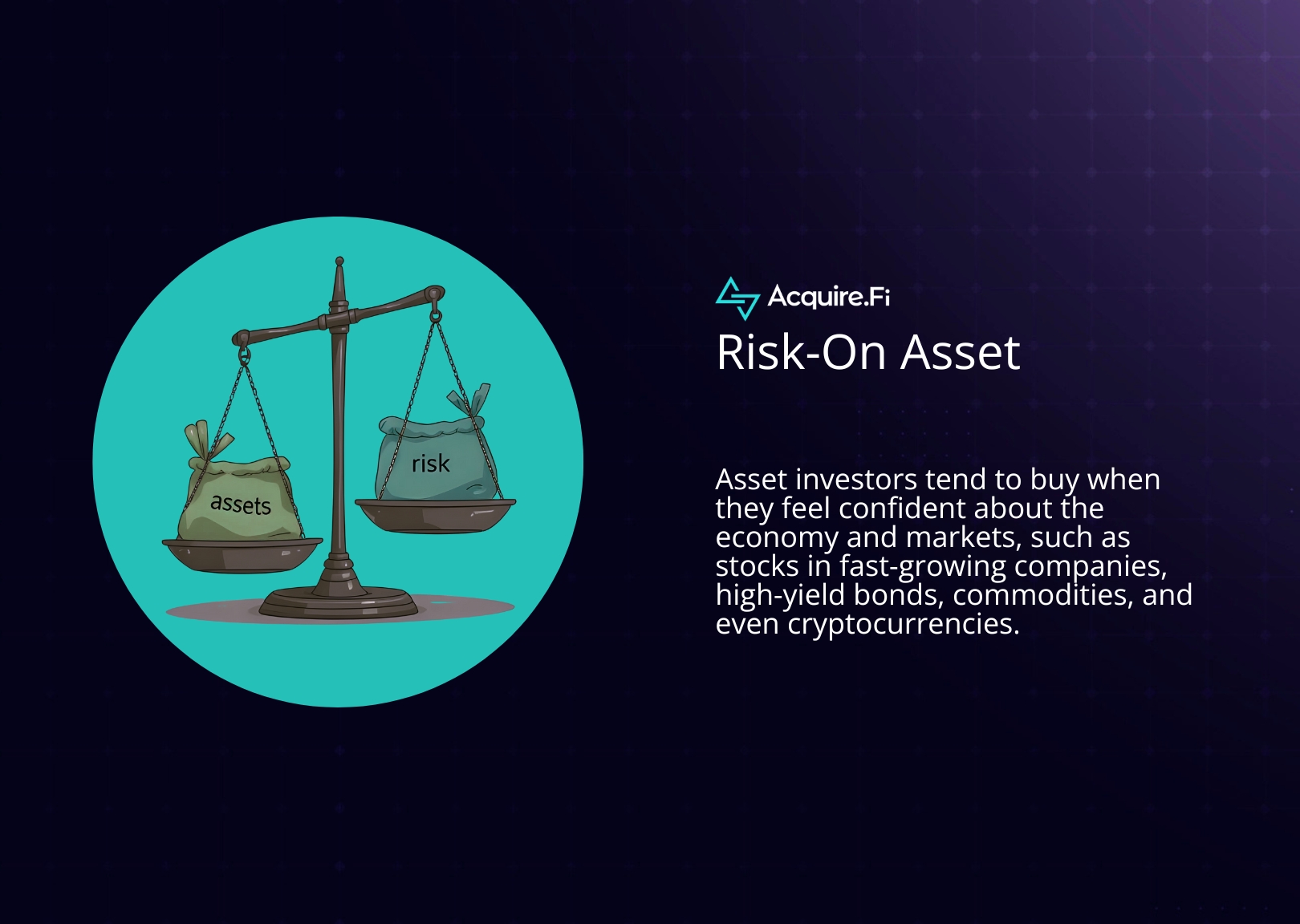Web3 Game Development Trends in 2025: What Investors Need to Know
The gaming industry is rapidly evolving, with blockchain technology at the forefront. Consider playing a game where you own your items—no company can take them away, and you may freely sell or exchange them. That's the promise of Web3 games, and in 2025, these are getting smarter, smoother, and more fun than ever.
If you're an investor or just a curious gamer, here are some of the trends in Web3 game development that you need to know.
1. AI Revolutionizes Web3 Game Development
Artificial intelligence transforms every aspect of Web3 game development services, making games smarter and more responsive.
Procedural Content Generation
Many Web3 game development companies use AI to automatically generate unique in-game assets such as character skins, weapons, and virtual real estate. These systems analyze player preferences to create unique and appealing items. For example, a Web3 gaming blockchain game development company might use neural networks to generate thousands of distinct NFT weapons with varying stats and appearances.
Did you know? AI-driven game development has reduced production costs by 20 to 30%, as reported by Patent PC.
Self-Balancing Economies
Remember when some Play-to-Earn games collapsed because of inflation? AI now monitors in-game markets and adjusts rewards to keep things stable. The most advanced Web3 game development projects now monitor their in-game economies using machine learning. These systems automatically adjust reward rates, marketplace fees, and other parameters to maintain stability.
2. Cross-Chain Interoperability Becomes Standard
One of the biggest challenges with blockchain games is that your cool sword on Ethereum couldn't be used in a Solana game. That is changing as Web3 game development companies solve this issue through several key innovations.
Universal Asset Bridges
New protocols allow seamless transfer of NFTs between Ethereum, Solana, Polygon, and other major chains. This means your assets aren't locked to one ecosystem anymore. For example, a Web3 game development company in the USA might build a game on Ethereum but allow players to use assets from Solana-based games.
Layer-2 Scaling Solutions
Networks like Immutable X provide near-instant transactions at a fraction of Layer-1 costs. This enables complex game mechanics that were previously impossible due to high gas fees. Most Web3 game development services now build exclusively on Layer-2 solutions to ensure smooth gameplay.
3. Emergence of Sustainable Play-to-Earn Models
The first wave of P2E games had a problem—people farmed mindlessly, wrecking the economy. Thankfully, the new models or versions fixed that.
Dual-Token Systems
In modern Web3 game development, governance tokens (for voting rights) and utility tokens (for in-game transactions) are separated. This avoids the hyperinflation observed in single-token models, which is why games like Illuvium work so well.
Skill-Based Rewards
Winning a tough match now earns you more than just grinding for hours. Competitive modes use ELO-style rankings to ensure fair reward distribution. This means you will be ranked based on your relative strength and skills in some games compared to other players.
Did you know? Tapswap will be launching a skill-based gaming project that leverages Web3 technology this year.
4. Regulatory Clarity Attracts Institutions
Early Web3 games were riskier due to the lack of regulations. Now, rules and clear guidelines make things safer for players and investors.
Compliant Token Structures
The SEC's Wells notice to CyberKongz marks a significant moment for blockchain compliance in gaming. Leading Web3 game development companies in the USA are now developing SEC-compliant designs to differentiate utility tokens from security tokens. Utility tokens allow access to particular services or features within a blockchain network. Security tokens, on the other hand, provide a regulated and compliant investment option comparable to traditional financial assets.
Professional Audits
Smart contract audits have become standard practice, reducing exploit risks and building investor confidence. An example of this is the ERC-3643, a permissioned token standard that uses smart contract technology to define conditional transfer functions. This standard enables compliance structures for regulated assets like securities while retaining the standard ERC-20 functionality.
Where to Invest in 2025?
If you are interested in Web3 game development opportunities, the most promising areas include:
- AI-powered game developers create dynamic and self-balancing gameplays.
- Cross-chain infrastructure makes true interoperability possible.
- Proven economic concepts and sustainable P2E models.
- Compliant projects that meet regulatory standards.
The Web3 gaming sector is growing rapidly, moving beyond hype to deliver real value. This is the perfect time to invest in a Web3 game development company. One way to do that is by buying a share in a promising blockchain game development company such as Gunzilla via Acquire.fi. You can also invest in Web3 gaming projects through our marketplace. As these trends continue improving, we will likely see blockchain gaming move closer to mainstream adoption in the coming years.












.webp)